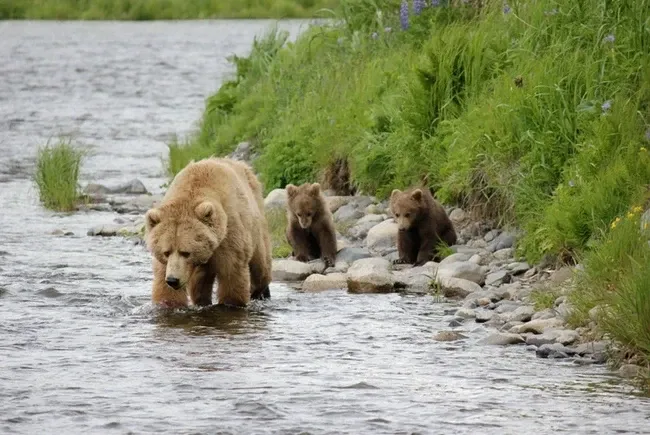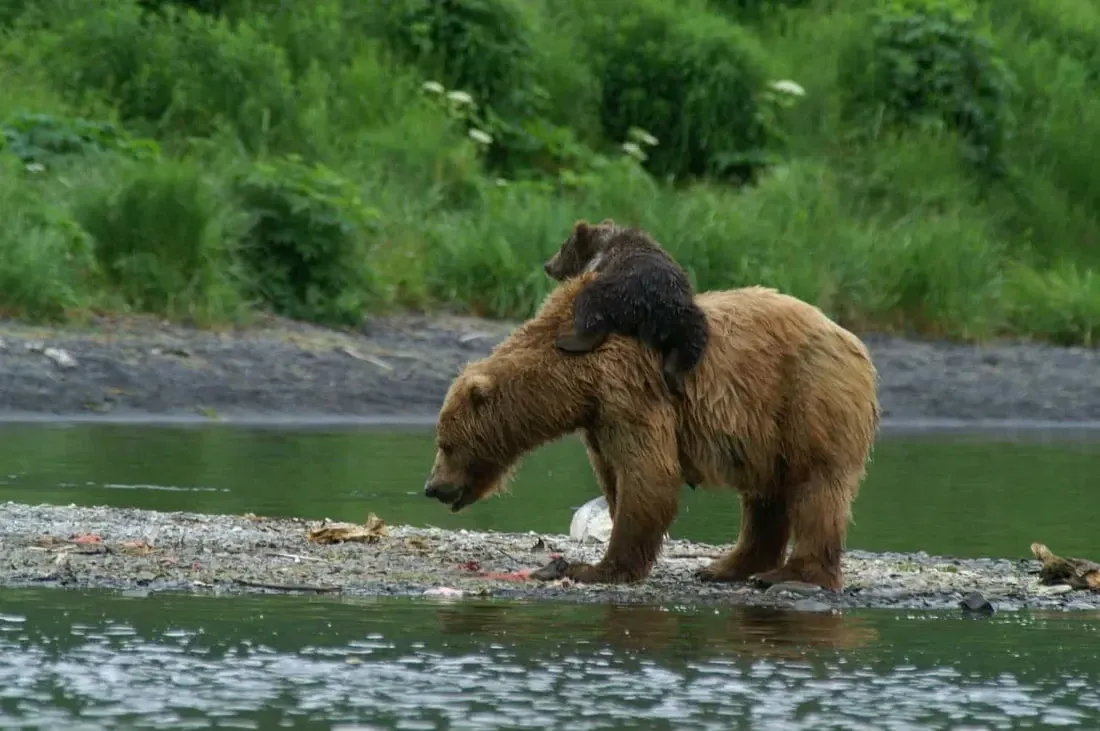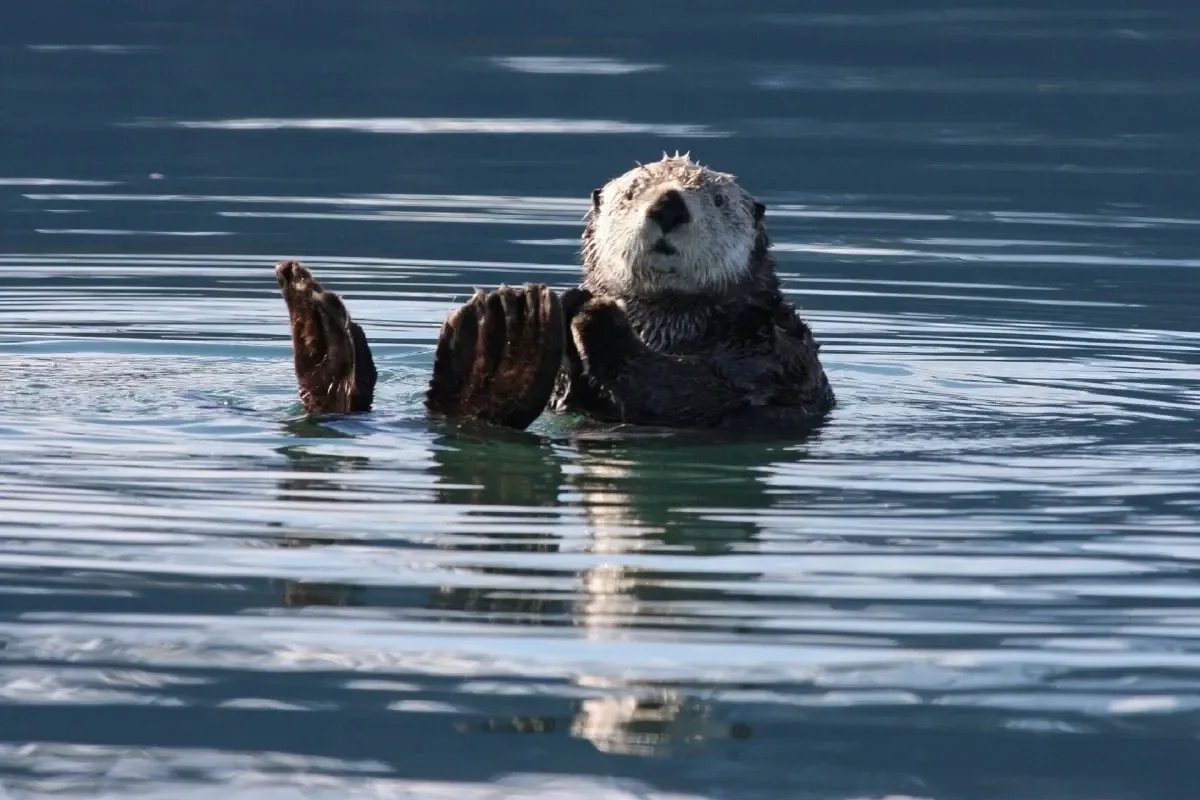Alaska, the land of wonders, is not only famed for its majestic mountains and magnificent glaciers but also for its countless stunning isolated islands. Here, amidst the vast ocean and untouched nature, these islands emerge like hidden gems, offering unique and unforgettable travel experiences. Kodiak National Park, located on the Kodiak Archipelago, is a prime example of the wild beauty and compelling allure of Alaska’s isolated islands. Join Discovery To Wonders as we explore Kodiak Island and its neighboring islands, to fully appreciate the natural wonders bestowed upon this Alaskan region.
Exploring the Untamed Beauty of the Kodiak Archipelago
The Kodiak Archipelago, situated in southern Alaska, is hailed as the “jewel” of the wild Bering Sea. Kodiak Island, the archipelago’s main island and the largest island in the United States, encompasses most of the archipelago’s area and is home to Kodiak National Park. This area is renowned for its diverse natural landscapes, ranging from year-round snow-capped mountains and lush green coniferous forests to rugged coastlines and serene bays. The isolation of the Kodiak Archipelago has fostered a unique ecosystem, inhabited by numerous rare flora and fauna, most notably the legendary Kodiak brown bear.
Visiting the Kodiak Archipelago offers travelers the chance to immerse themselves in untamed nature, explore breathtaking scenery, and engage in exciting outdoor activities. Hiking along trails through forests, kayaking on the blue sea, salmon fishing in rivers, or simply observing Kodiak brown bears in their natural habitat – all these experiences will create lasting memories on your Alaskan adventure.

The maritime temperate climate in the Kodiak Archipelago provides cool summers and mild winters, making it a favorable destination year-round. However, the best time to explore the Kodiak Archipelago is from May to September, when the weather is warm and pleasant, ideal for outdoor pursuits.
Kodiak National Park – Kingdom of Brown Bears and Magnificent Nature
Kodiak National Park, also known as Kodiak National Wildlife Refuge, covers nearly two-thirds of Kodiak Island. Established in 1941, the national park plays a crucial role in conserving the unique ecosystem and the rare Kodiak brown bear species. With its vast expanse and diverse terrain, Kodiak National Park offers visitors a wealth of nature exploration experiences.
Kodiak Brown Bears – Icon of Kodiak Island
Kodiak brown bears are the largest subspecies of brown bears in the world, found exclusively on the Kodiak Archipelago. With their impressive size and extraordinary strength, Kodiak brown bears have become an icon of the national park and one of its biggest tourist attractions. Visitors can participate in professionally organized bear viewing tours to observe these bears in their natural environment from a safe distance. Summer is the best time for bear viewing, as they often congregate at rivers and streams to hunt salmon.

Diverse Landscapes and Rich Ecosystems
Kodiak National Park is not only famous for its brown bears but also boasts diverse natural landscapes and rich ecosystems. From towering mountain peaks and deep valleys to crystal-clear lakes and winding rivers, all combine to create a stunning natural tapestry. The park’s flora is also diverse, featuring coniferous forests, grasslands, and tundra vegetation typical of the Alaskan region.
Besides brown bears, Kodiak National Park is also home to many other wildlife species, such as Sitka deer, mountain goats, red foxes, sea otters, seals, and numerous seabird species. Visitors can easily encounter these animals while exploring the national park. In particular, sea otters, with their adorable appearance and skillful swimming abilities, often capture the attention of many visitors.

Alutiiq Indigenous Cultural Heritage
The Kodiak Archipelago has been home to the indigenous Alutiiq (Sugpiaq) people for thousands of years. They have developed a unique culture closely tied to the sea and wild nature. Kodiak National Park not only conserves nature but also preserves the traditional cultural values of the Alutiiq people. Visitors can learn about the history, culture, and lifestyle of the Alutiiq people through cultural centers and archaeological sites in the area. Exploring the indigenous culture is an important part of gaining a deeper understanding of the Alaskan land and its people.
Other Isolated Islands Around Kodiak
In addition to Kodiak Island, the Kodiak Archipelago includes many other smaller islands, each with its own unique and pristine beauty. These islands are ideal destinations for those seeking to explore wild nature and enjoy absolute tranquility.
- Afognak Island: Located just north of Kodiak Island, Afognak Island is famous for its dense primeval forests and stunning bays. It is a paradise for those who love hiking, kayaking, and fishing.
- Shuyak Island: Situated north of Afognak Island, Shuyak Island is smaller but equally attractive. Shuyak Island is renowned for Shuyak Island State Park, which preserves coastal forests and saltwater marshes.
- Barren Islands: Located southwest of Kodiak Island, the Barren Islands are a group of small, rocky, and desolate islands. They are home to many seabird and marine mammal species, attracting wildlife enthusiasts.
Exploring the smaller islands around Kodiak offers opportunities to experience the diversity of Alaska’s natural landscapes and feel the isolation and peace that these islands provide.
Travel Tips for Alaska’s Isolated Islands
To have a fulfilling trip exploring Alaska’s isolated islands, travelers should note the following tips:
- Plan and book tours in advance: Due to their isolated and pristine nature, traveling to Alaska’s islands often requires planning and booking tours in advance. Professional tour companies will help you organize activities, transportation, and accommodation conveniently and safely.
- Prepare appropriate clothing and gear: The weather in Alaska can be unpredictable, especially in the island regions. Travelers should prepare warm, waterproof clothing, hiking boots, and other necessary personal items.
- Bring medication and medical supplies: Isolated islands often have limited medical facilities, so travelers should bring personal medications and preventive medical supplies.
- Respect nature and indigenous culture: When exploring Alaska’s islands, travelers need to respect wild nature and indigenous culture. Do not litter, do not disturb wildlife, and learn about and respect the customs of local people.
Traveling to the beautiful isolated islands of Alaska is an exciting and meaningful exploration journey. This place not only offers magnificent, pristine natural landscapes but also an opportunity for travelers to experience peace, tranquility, and immerse themselves in nature. Let Alaska’s isolated islands be your next destination in your journey to explore the world.
Premier Tour – Your Companion in Discovering Alaska’s Beauty
Premier Tour is proud to be a leading professional and reputable tour operator, offering unique and memorable Alaska exploration journeys. With a team of experienced guides who have in-depth knowledge of Alaska, Premier Tour is committed to providing you with the best travel experiences. Contact Premier Tour today to plan your adventure to explore the stunning isolated islands of Alaska!